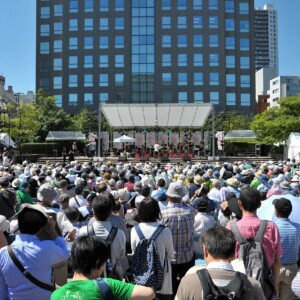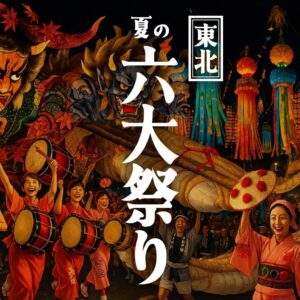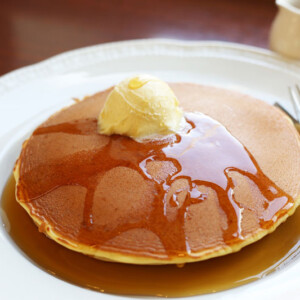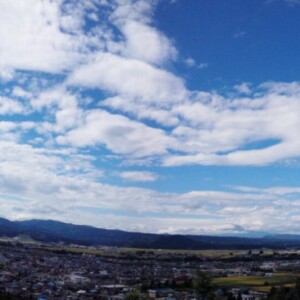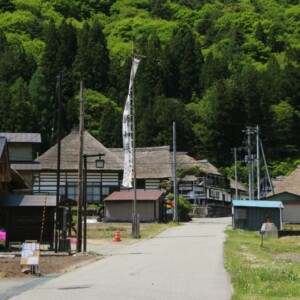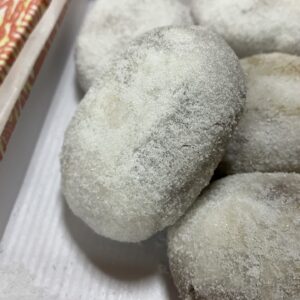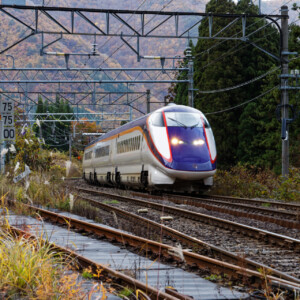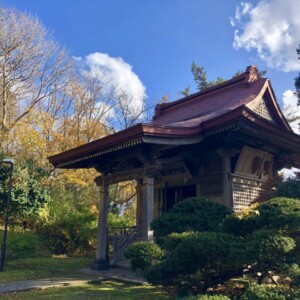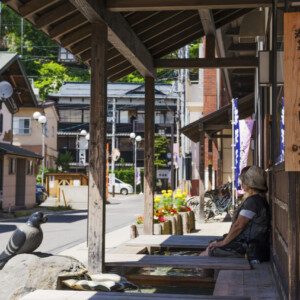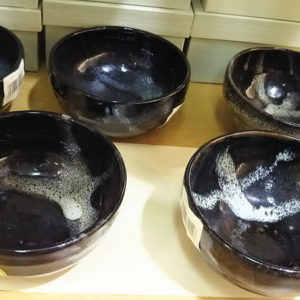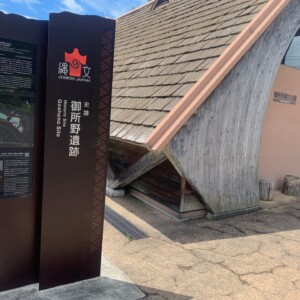
[Recommended Autumn Festivals: Aomori Edition] Introducing the Aomori autumn festivals and local gourmet food!
table of contents
- 1 When does the "Autumn Festival" start and end?
- 2 What is the definition of festival?
- 3 Kuroishi Yosare (Kuroishi City: August 15th-16th)
- 4 Tanabe Festival (Mutsu City: August 18th to 22nd)
- 5 Gonohe Festival (Gonohe Town: August 30th - September 1st)
- 6 Towada City Autumn Festival (Towada City: September 6th-8th)
- 7 summary
- 8 Autumn Festival Series of the Six Tohoku Prefectures
When it comes to festivals in Aomori Prefecture, the summer festivals held in early August, such as the Nebuta Festival , Hirosaki Neputa Festival Tachineputa , Hachinohe Sansha Festival
However, what is not widely known is that there are Bon Odori dances that take place after these summer festivals, as well as autumn festivals that are held mainly in the Sanpachi Kamikita region and Shimokita Peninsula in the eastern part of the prefecture
When does the "Autumn Festival" start and end?

According to the calendar, autumn is from August 7th, the 24th solar term, to the day before November 7th, which is the 24th solar term, and if we apply this to Tohoku, then summer is held in various places in early August. The end of the festival marks the arrival of autumn.
In this article, according to the calendar, "autumn" starts from August 7th, and the festivals held after that are introduced as "autumn festivals."
What is the definition of festival?
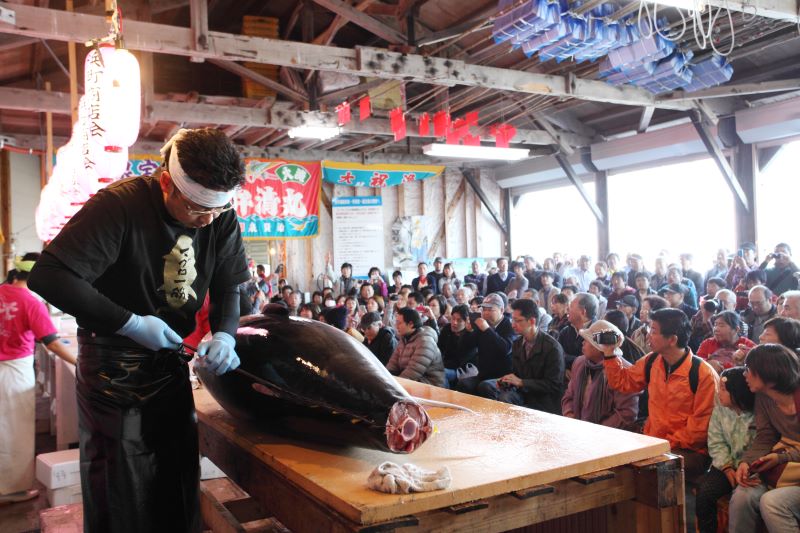
The definition of festival on Wikipedia is "an act (ritual) of worshiping gods, Buddhas, and ancestors for the purpose of gratitude, prayer, and consolation
music festivals " and " harvest festivals that are different from traditional religious festivals , and events where people enjoy music and local cuisine are also generally considered to be "festivals" in a broad sense.
In this article, we will introduce some recommended autumn festivals that are fun to visit, from traditional and formal festivals to music festivals and gourmet festivals
Kuroishi Yosare (Kuroishi City: August 15th-16th)
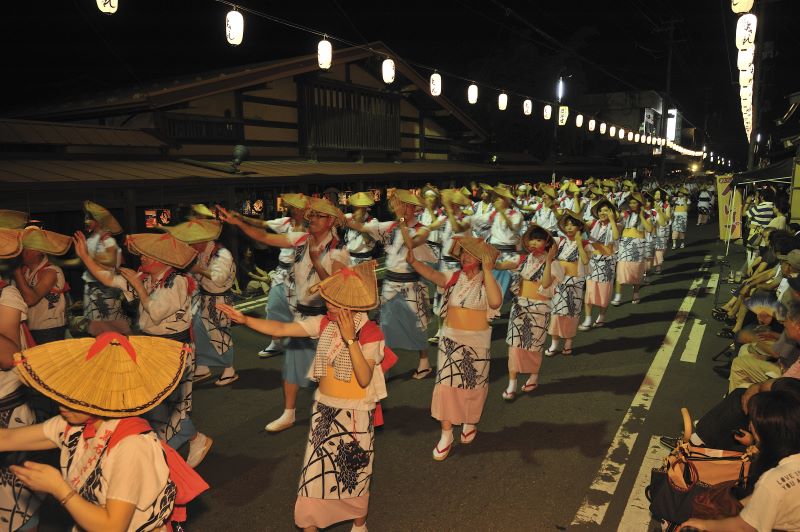
With over 3,000 dancers taking to the streets of Kuroishi city, which has a population of approximately 30,000, Japan's three major Nagashi Odori dances, alongside Awa Odori and Gifu's Gujo Odori .
Dancers in elaborate yukata robes and straw hats decorated with sparrow and rice ear patterns dance to songs such as " Kuroishi Yosare, " " Kuroishi Jinku ," " Kuroishi Jonkara, " and " Tsugaru Jinku (Dodarebachi)," accompanied by drums and Tsugaru shamisen.
About the origin of Kuroishi Yosare
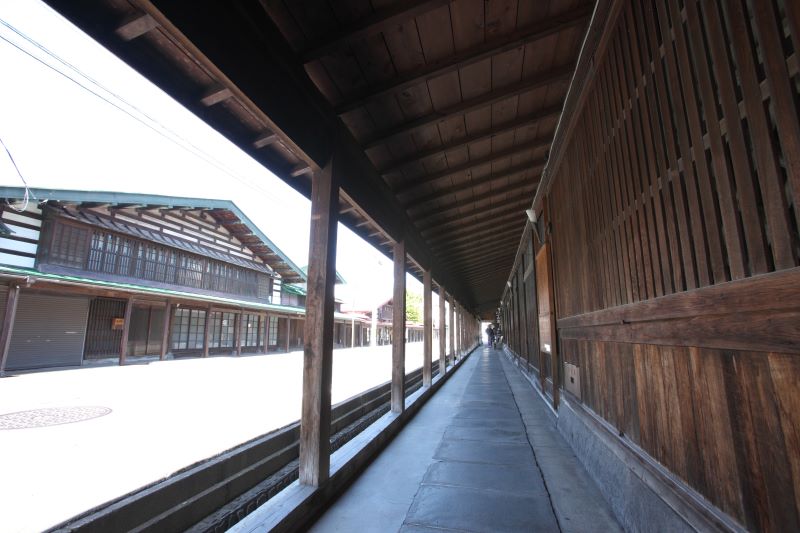
The songs that are sung are said to have originated as love songs from 500 to 600 years ago, and have continued to the present day since the Kuroishi domain encouraged them to gather people together to promote the economy during the Edo period
There are several theories about the origin of the word "yosare," but the most popular one is the following, but none of them are established theories
When there is a good harvest and you are having fun, the phrase "Stop work and dance happily" comes to mind, with "stop work" and "do it" meaning "stop work."
When times are tough due to poor harvests, it's better to say "leave this world as soon as possible," and to "leave the world."
Kuroishi Yosare Three Dances
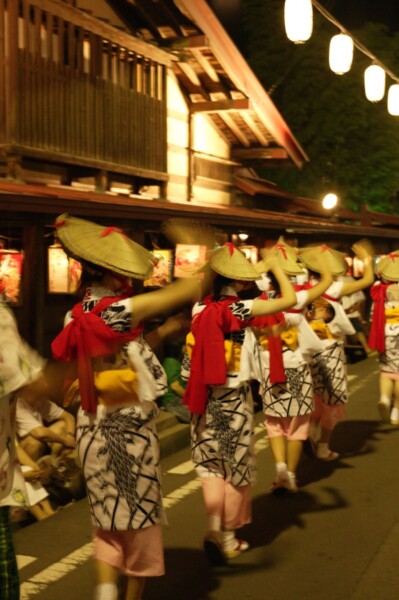
It is mainly divided into three dances:
- Kumiodori: Several people perform a dance in unison, and each group competes in choreography and other aspects at a competition
- Nagashi Odori: Each group parades around the town, dancing along a circular course
- Mawari Odori: In the middle of the Nagashi Odori, people dance while spinning in a circle (there are also days when only the Mawari Odori is performed)
After the Nagashi Dance, there is a performance called Odori Hadari
Kuroishi Yosare <Information>
- Location: Central shopping district, Konan Railway Konan Kuroishi Station Square, etc
- Event period: Thursday, August 15th to Friday, August 16th, 2024 (Reiwa 6)
- For inquiries, please contact: Kuroishi Tourism Association
- Phone number: 0172-52-3488
- URL: Kuroishi Tourism Association Official Website
Kuroishi's soul food "Kuroishi Tsuyu Yakisoba"
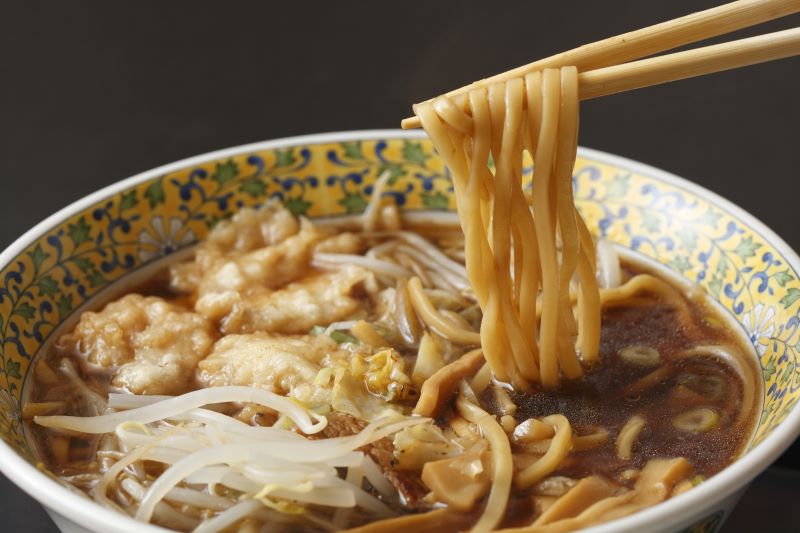
Kuroishi Tsuyu Yakisoba , made with chewy, thick noodles and Worcestershire sauce-flavored fried noodles, is served with a Japanese-style dashi soba broth and is popular nationwide as a B-grade gourmet dish from Kuroishi.
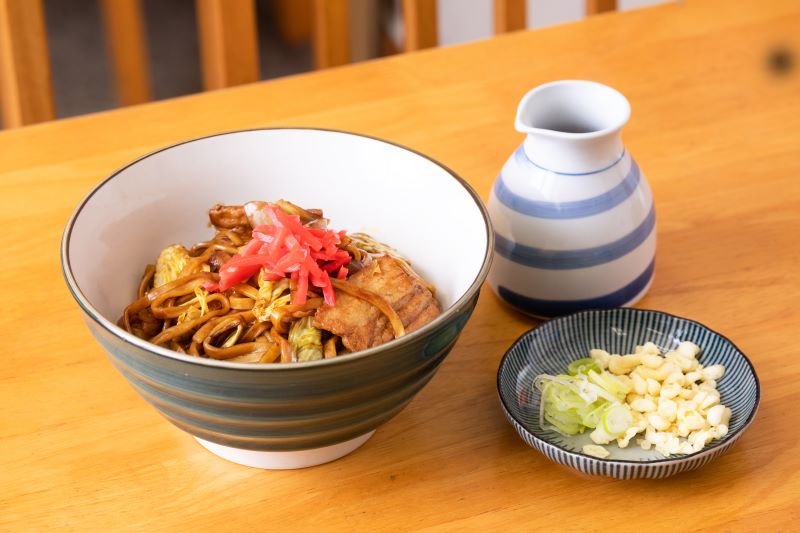
Mitsu that used to be in the city , and now there are over 70 restaurants that serve tsuyu yakisoba.
Kuroishi Tsuyu Yakisoba <Information>
- Contact: Kuroishi Tsuyu Yakisoba Denshokai
- Phone number: 0172-52-4316
- URL: Kuroishi City Hall Official Website
Tanabe Festival (Mutsu City: August 18th to 22nd)
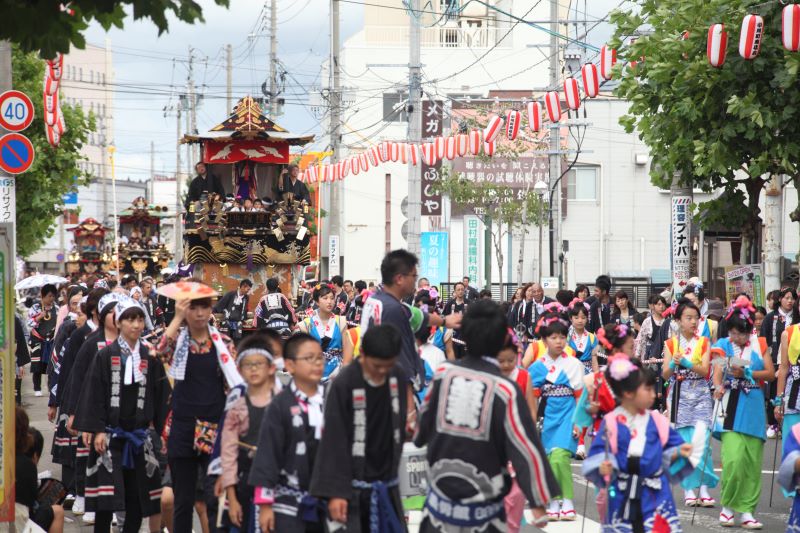
At the annual festival of Tanabu Shrine in Mutsu City, known for its delicious fresh seafood, five gorgeous floats parade along with the music of Gion bayashi, reminiscent of the Gion Festival in Kyoto, praying for bountiful harvests and prosperous business
the creaking wheels as the floats change direction to the shouts of " Yadekoraceno " and " Ya, tore, and the nighttime parade accompanied by shouts of Yamayare, Yamayare
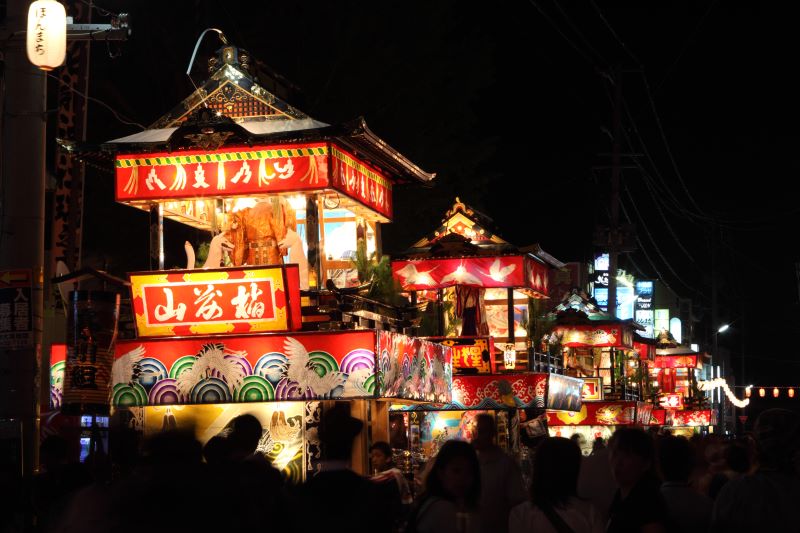
On the final day, the festival reaches its climax with the Five-Car Separation in which all five floats - Inariyama , Shojoyama , Daikokuyama , Ebisuyama , Koroho
Gorgeous floats reminiscent of the Gion Festival
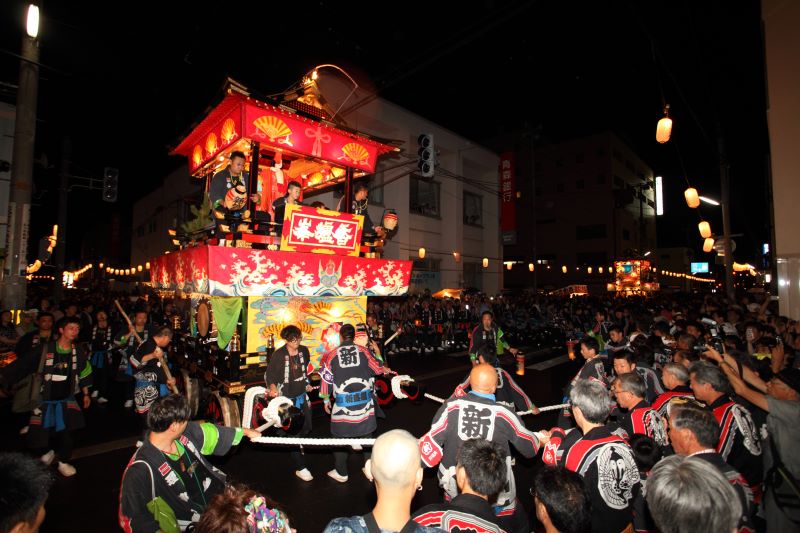
The decorations and music of the floats change between day and night
During the day, the floats are decorated with glitteringly embroidered large and small mizuhiki curtains, farewell curtains, and blinds, and at night they are replaced with illuminated picture lanterns called gaku
The operation of each Yama is managed by a group organized within each neighborhood in the city
Tanabe Festival <Information>
- Location: Sanbongi-Odori and Kanchogai-dori streets in the city (including the central parking lot)
- Event period: August 18th (Sun) to August 20th (Tue), 2024 (Reiwa 6)
- Contact: Towada Chamber of Commerce and Industry
- Address: 2F Towada Chamber of Commerce and Industry, 4-11 Nishinibancho, Towada City, Aomori Prefecture
- Phone number: 0176-24-1111
- URL: Towada City Autumn Festival Official Website
When you think of Mutsu City, you think of Ominato, and when you think of Ominato, you think of "JMSDF Curry"!

(File name: 7th Escort Division at Maritime Self-Defense Force Ominato Base.jpg, Photographer: Japan Maritime Self-Defense Force)
Ominato Mutsu City , and the curry provided as meals to the personnel can be enjoyed at restaurants in the city as Maritime Self-Defense Force Curry
In the Japan Maritime Self-Defense Force, curry is served for dinner every Friday. This is a tradition that dates back to the Imperial Japanese Navy, and the reason for this is to prevent soldiers from losing track of the days of the week during long periods of service on board ships
The JMSDF curry is prepared in a unique way for each unit (escort ship) and is served at different restaurants, so it's interesting to try them all and see the differences
Ominato JMSDF Curry <Information>
- For inquiries, please contact the Ominato JMSDF Curry Promotion Association Secretariat (Mutsu City City Promotion Promotion Division)
- Phone number: 0175-22-1111
- URL: Ominato Maritime Self-Defense Force Curry Promotion Association Official Website
Gonohe Festival (Gonohe Town: August 30th - September 1st)
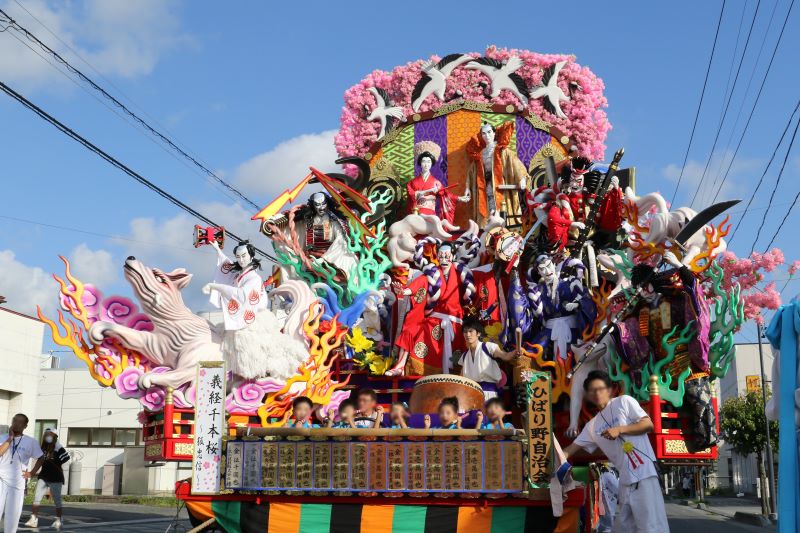
Hachiman Shrine , Inari Shrine , and Shinmei Shrine , and is said to be connected to the Gion Festival in Kyoto. Nine gorgeously decorated floats and portable shrines based on myths and legends are paraded through the city.
The festival is a spectacular and magnificent spectacle. The chants sung while the floats are being pulled are similar to the Tairyobushi song, a unique feature not found in neighboring festivals
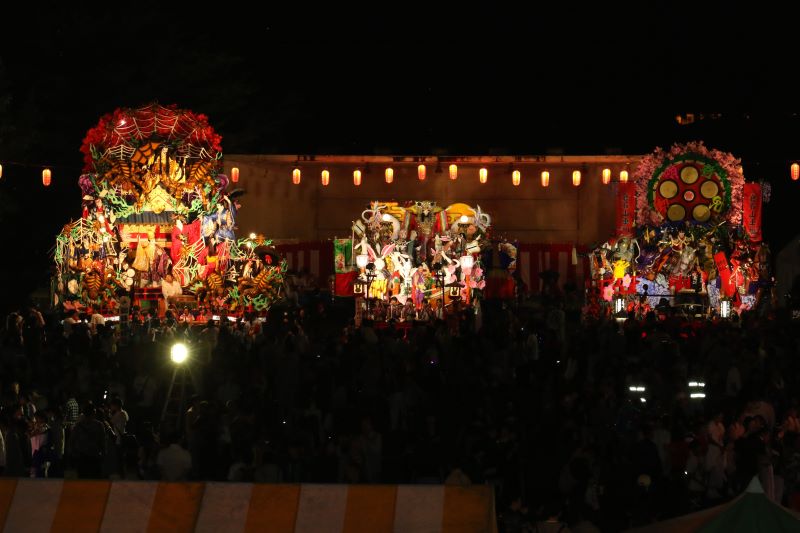
During the festival, many events are held, including a nighttime float competition and street dances, as well as the Oshu Yosakoi Festival
Floats parading through the hilly town
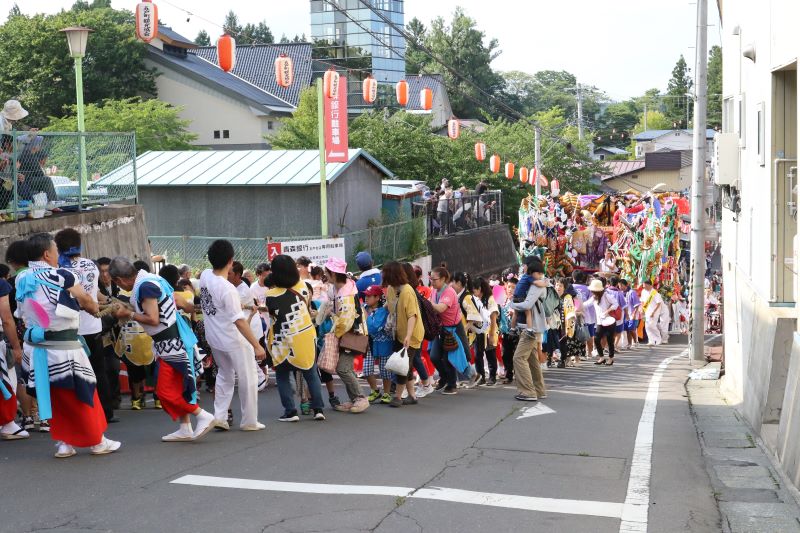
The town of Gonohe is known for its many hills, and the sight of the floats climbing up these hills is a major highlight of the festival
Some of the slopes have a difference in elevation of over 30 meters, and some slopes cannot be climbed unless the pullers work together with all their might. The sight of the large floats working together as one to climb the slopes, accompanied by cheers from the spectators, is truly impressive
Gonohe Festival <Information>
- Location: Gonohe town center
- Event period: Friday, August 30th to Sunday, September 1st, 2024 (Reiwa 6)
- For inquiries, please contact: Gonohe Town Tourism Association
- Phone number: 0178-62-7155
- URL: Gonohe Town Tourism Association official website ,
- URL: Gonohe Town Official Website
What are the "Gonohe Three Great Meats"?
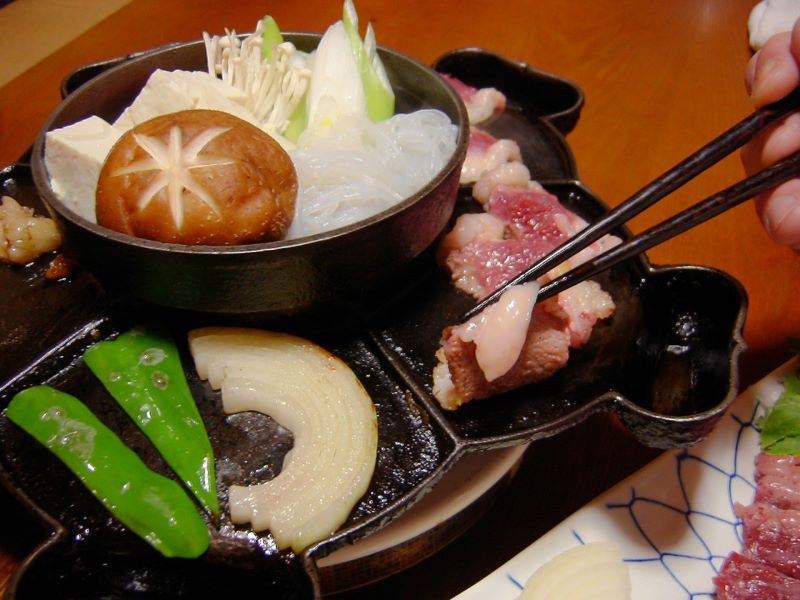
Gonohe Town is known for its delicious sakura meat Aomori Kuraishi Beef " and a local bird called " Aomori Shamrock ," which are collectively known as the " Gonohe Three Great Meats ."
In addition to simple yakiniku, restaurants in the town offer a variety of menus featuring the three major meats
Gonohe's three major meats <Information>
- Contact: Gonohe Town General Policy Division
- Phone number: 0178-62-7952
- URL: Gonohe Town Official Website
Towada City Autumn Festival (Towada City: September 6th-8th)
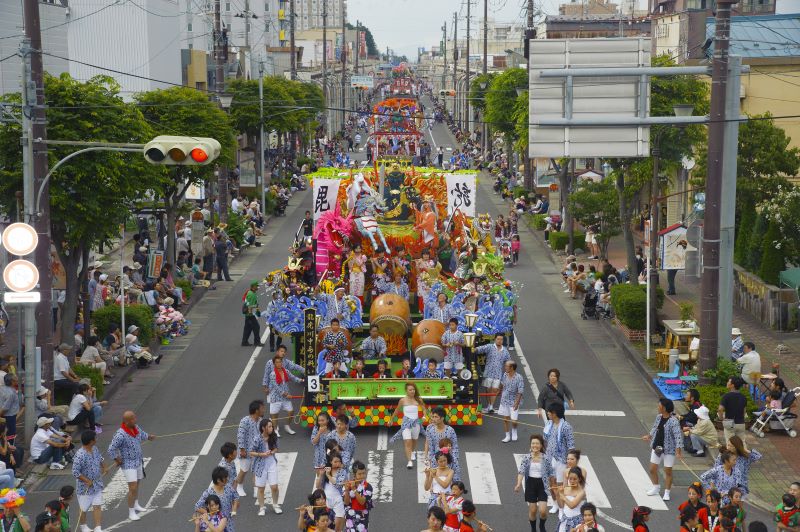
This festival began in 1949 (Showa 24) to coincide with the annual festival of Sanbongi Inari Shrine, which was built in Sanbongihara, the site of development at the end of the Edo period
In addition to the portable shrine, gorgeously decorated floats and drum carriages by Towada citizens are paraded through the city, and the sound of heroic drumming by drummers displaying their brilliant drumming skills echoes throughout the city
Towada Bayashi, created after the war
After the Pacific War, festivals from all over the city were consolidated, and each district had its own unique music, so the whole festival could never get excited with the same music and drums
Therefore, in 2006 (Heisei 18), the creation of a common ohayashi was planned and the result was the three Towada bayashi pieces, with taiko drums playing the main role
- Fighting Drums: When the floats meet, they put on a passionate performance
- Susume Taiko: Music played while the floats are moving
- Rest drum: A musical accompaniment played while the floats are resting or waiting
Towada City Autumn Festival <Information>
- Location: Sanbongi Boulevard, Kanchogai Street area (including Central Parking)
- Event period: Friday, September 6th to Sunday, September 8th, 2024 (Reiwa 6)
- Contact: Towada Chamber of Commerce and Industry
- Phone number: 0176-24-1111
- URL: Towada City Autumn Festival Official Website
"Towada Beef Belly Grill" won the B1 Gold Grand Prix!

Towada Barayaki made by placing beef belly and plenty of onions on a hot plate and grilling it in a sweet and spicy soy sauce-based sauce. You can enjoy it at over 80 restaurants in Towada City.
Some restaurants use not only beef belly but also pork, horse, and lamb belly, and each restaurant competes to be the most original by developing the vegetables and secret sauces they add to their dishes
Towada Barayaki <Information>
- For inquiries, please contact Towada Barayaki Seminar
- Phone number: 0176-25-7758
- URL: Towada Barayaki Seminar Official Website
summary
In the former Hirosaki domain in western Aomori, there are many festivals featuring paraded floats and lanterns such as "Nebuta" and "Neputa," while in the former Morioka domain in the east, there are many festivals featuring paraded floats similar to those in Kyoto's Gion Festival
Additionally, "Nebuta" and "Neputa" are held as part of the Tanabata festival in early August, but festivals featuring floats, which are common in the eastern and Shimokita areas, are held in the fall to pray for a good harvest









![[Tohoku Six Prefectures] Enjoy Tohoku's summer festivals to the fullest! ~Summer Festival Complete Guide~ 4583385_m](https://jp.neft.asia/wp-content/uploads/2023/07/4583385_m-150x150.jpg)
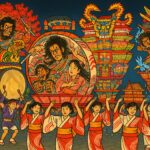
![Over 1 million people during this period! Hachinohe Sansha Festival, originating from the Ogami Shrine festival [Aomori Prefecture] Hachinohe Sanja Taisai festival float ①](https://jp.neft.asia/wp-content/uploads/2024/07/1172241_m-150x150.jpg)
![[Aomori Nebuta / Hirosaki Neputa] A look back at what's happening after Aomori's four major summer festivals [Sansha Festival / Tachineputa] 2036_Hirosaki Neputa Festival](https://jp.neft.asia/wp-content/uploads/2025/08/cbe93241d31fd9a0698e8a3e74826b20-150x150.jpg)
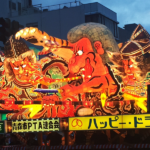
![[2024 event information] Aomori Nebuta Festival is the summer festival in Tohoku! Please note that the operating method will change slightly! Aomori Nebuta Festival | Nebuta Grand Prize (2023)](https://jp.neft.asia/wp-content/uploads/2024/07/IMG_7299-150x150.jpg)
![[Goshogawara City, Aomori Prefecture] Impressive 23m high! Let's go to "Goshogawara Tachibuta" which colors the night sky! downimage_00004003](https://jp.neft.asia/wp-content/uploads/2017/08/downimage_00004003-150x150.png)
![[Goshogawara, Aomori Prefecture] Impressive! ``Tatekeputa House'' where you can experience the history and excitement of ``Goshogawara Tatekeputa'' all year round Three large Tachineputa](https://jp.neft.asia/wp-content/uploads/2022/09/IMG_9825-150x150.jpg)
